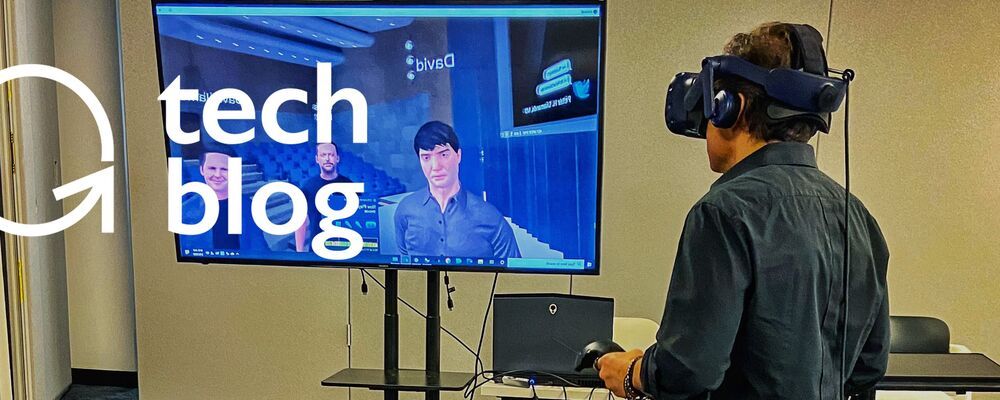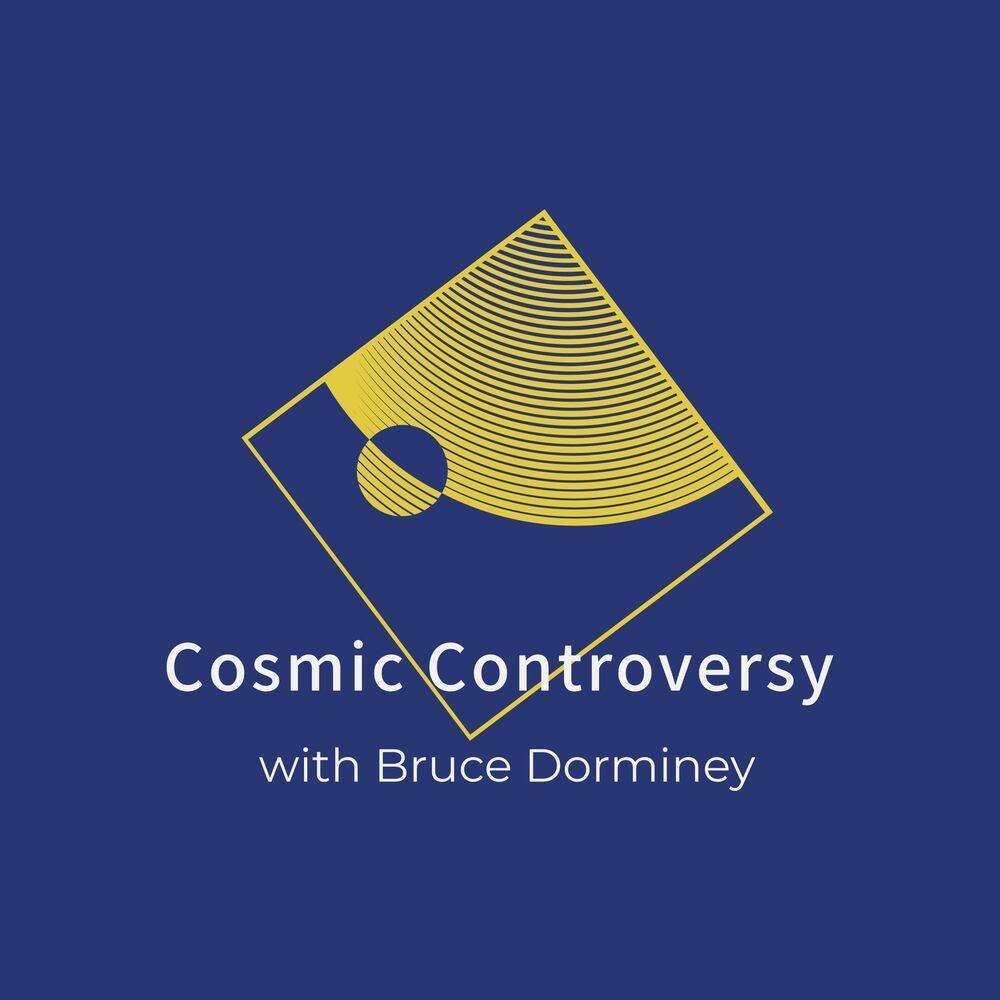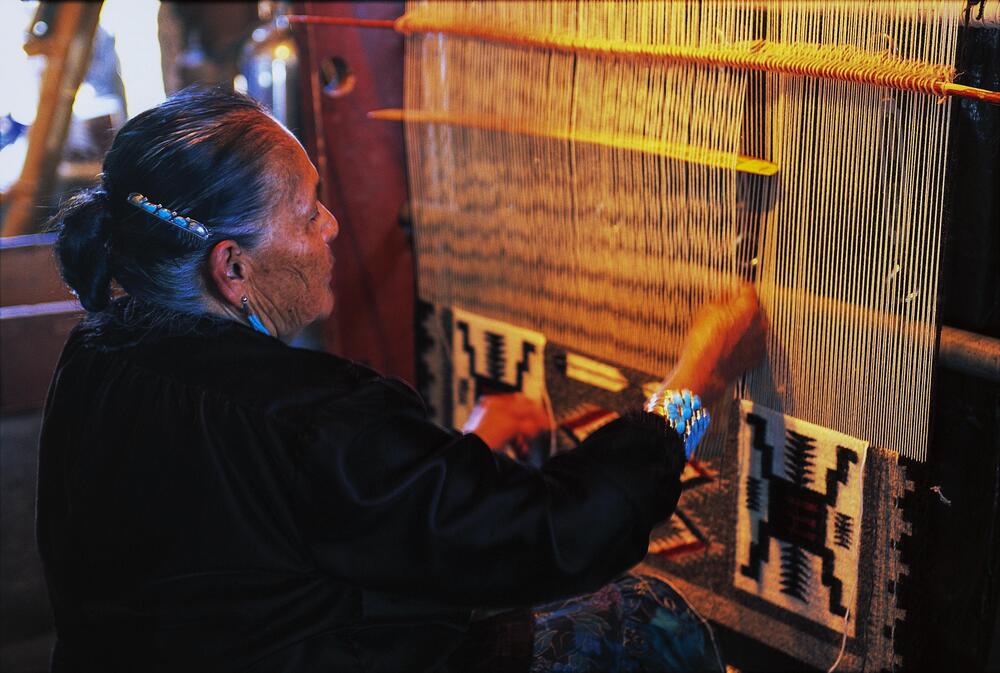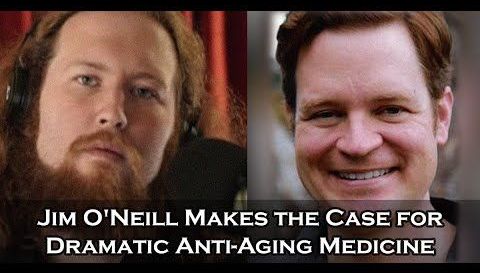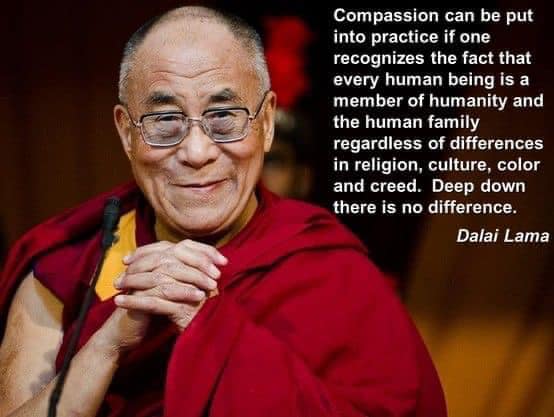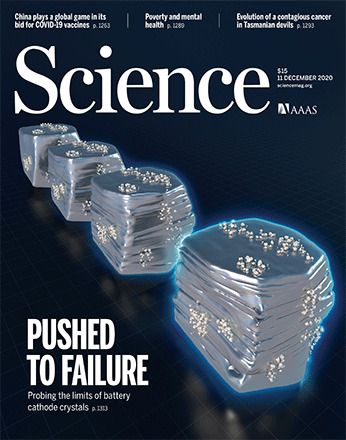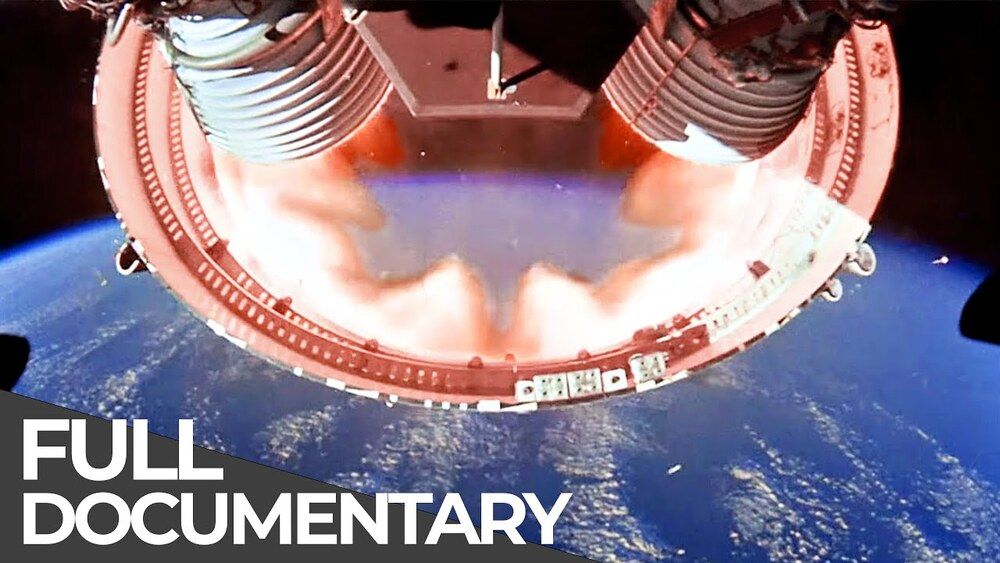I just read an incredible post about Transhumanism by Francesco Neo Amati, CM of Transhumanism: The Future of Humanity.
What an excellent representation of how pragmatic and collaborative our community can be. People like Francesco Neo Amati are the reason why I call myself a Transhumanist…
“Community Announcement:
The following will address the purpose of our community as outlined in the Pinned Post and to dispel common misconceptions of Transhumanism by clarifying what it is and what it isn’t.
I have no desire in being a ‘leader’ in the Transhumanism community. I merely hope to be and remain a credible educator/resource, passionate advocate, and a voice of reason for the movement.
ICYDK:
I’m the founder and CM of our community. I started it in 2014 after being interested in Transhumanism since 2010, which complemented my passion for the philosophy of Self-Actualization/Transcendence (i.e. Maslow’s Hierarchy of Needs, Bruce Lee’s Self-Actualization, Nietzsche’s Ubermensch, Plato’s Realm of Forms, Aristotle’s Metaphysics on Being/Becoming, Emerson’s Transcendentalism, etc.).
I have my BA in Philosophy with a minor in Psychology. I was inspired by Deus Ex: Human Revolution, my favorite game of all-time, to do a presentation on the Philosophy of Transhumanism in my Philosophy of Science class in 2011. I’ve also written articles covering Transhumanism for Gray Scott’s archived techno-philosophical site, Serious Wonder:
https://seriouswonder.com/author/francescoamati/
My intention and motivation for creating this community was and still is to have a place, like an extension of my philosophy class, where people of all different backgrounds and beliefs (atheists, agnostics, religious, spiritual, etc.) could come together to learn, grow, and discuss (through civilized communication and intelligent discourse) the philosophy of Transhumanism, address its challenges and concerns, share the latest advancements in AI and tech, and to ultimately represent an advanced community who, despite our differences, share a common interest and goal in improving the human condition.
We’ve grown to 15+ thousand members, making us the second largest Transhumanism community on Facebook behind Scientific Transhumanism’s 19+ k. While that may seem like a noteworthy accomplishment for our community, those numbers actually reflect a general lack of mainstream appeal, education, exposure, and support for the movement.
According to the Kardashev scale, we’re still a type 0 civilization. We have a long way to go, but a paradigm shift in consciousness, awareness and perspective, similarly to what astronauts have reported to experience in space (Overview Effect), on a global scale can pave way for Transhumanism. Just look at what The Queen’s Gambit phenomenon accomplished with the surge in popularity of Chess (image is attached to this post). Now imagine something coming along that has that kind of universal impact and influence, but for Transhumanism. It’s not a matter of if, but when.
However, Transhumanism isn’t going to fulfill its purpose or go anywhere it intends to go if its core philosophy and goals aren’t emphasized or understood. It can’t remain a niche and secular ‘club’.
Its been ‘hijacked’ by several ‘leaders’ and parties, misconstrued and misrepresented to push and support ulterior agendas, narratives, biases and ideologies. What is even more off-putting is the conservativism that is still normal amongst so-called Transhumanists. There’s prejudice towards feminists, lgbtq, namely transgender people, racism, etc. It’s a truly disturbing trend that needs to be removed for the better of our movement, humanity, and the world.
Furthermore, Transhumanism isn’t intrinsically religious, but it’s also not anti-religion or exclusive to atheists, despite common backlash, condemnation, and rhetoric from the latter. Extremists come in many forms. I’m not here to defend or support any of them, regardless of their convictions.
Make no mistake, we’re not here to endorse or proselytize any religion, nor do we care what you believe or practice, as long as none of it is a threat to anyone in our community and doesn’t violate our rules.
That being said, a Transhumanist can also be religious as long as their views don’t prevent the core stance of Transhumanism. Are a doctor’s credibility, skills, or ability to care for patients contingent upon their political views or religious beliefs? No. The same applies in this circumstance and in our community.
On the other hand, if their religious views clash with Transhumanism, how severe is the conflict? Are they disruptive, are they threatening, are they trying to convert? If the answer to these are no, I see little issue with creating a welcoming place for religious and non-religious alike, just like a classroom or workplace. The majority of the world is religious in one way or another. Will we dismiss all of them over the fact they have faith? If some or all religions cease to exist one day, it won’t be because Transhumanism, but because they didn’t adapt/evolve the way Buddhism is equipped to (i.e. Spiritual Atheists/Transhumanists like Sam Harris) or no longer served a logical or fulfilling purpose to an advanced civilization.
If the goal is to remove dogmatic thinking, is the best approach to really attack and belittle them? I don’t think so. We need to be better than the most warm religious people we have ever met. We need to reverse the role and show them what we stand for as free-thinkers, what is the most logical and progressive for humanity, by being the example and collaborating, not by mere discourse, force, or alienation.
The legitimate threats to Transhumanism are not necessarily from religious faith or the idea/worship of a God. They’re from religious/cultural/social extremists/ignorance, anti-science, a lack of compassion and empathetic intelligence (EQ), antiquated politics, and an unsustainable economic system that inhibit its endeavors and progress, and pose a threat to humanity and the world. In addition, monkeys in machines, cyborgs, and terminators aren’t what we’re striving for from Transhumanism, either.
The only prerequisites to being a Transhumanist is to support its ambitions to improve the human condition, environment, education, economy, automation, life styles, etc. through ethical science and technology, on and beyond Earth (i.e. Star Trek).
The most important changes and progress begin within each of us through self-awareness, reflection, and actualization. Buddhists achieve this through Buddhism, also known as ‘Enlightenment’, but it can also be attained through practicing mindfulness and meditation, such as Transcendental and Total Embodiment Meditation.
As Transhumanists, it’s not just about hacking our biology, augmentations and gadgets, indefinite life extension, or about only looking and feeling technologically advanced — it’s about ‘being’ advanced, which permeates through our actions, demeanor, communication, perspectives, compassion, wisdom and values.
It’s about overcoming the debilitating and detrimental aspects of ourselves; beyond bias, ego, and ignorance — being better, more optimized human beings — like Nietzsche’s Ubermensch, or from man to Superman.
It’s about knowing how to communicate and understand one another through logic and empathy; Maintaining composure, focus, and perspective — reflecting before reacting.
A reflection of an advanced civilization is one of a unified community that leads through guidance, collaboration, compassion and inspiration, emphasizing science, humanitarianism, and progress — our universal and common denominator as a species — rather than through control, competition, and indoctrination.
Failure to adhere to these fundamental principles will only continue to be a monumental disservice to Transhumanism, humanity, and the world.
Transform and transcend.
This is why we’re here.
Thank you.”
